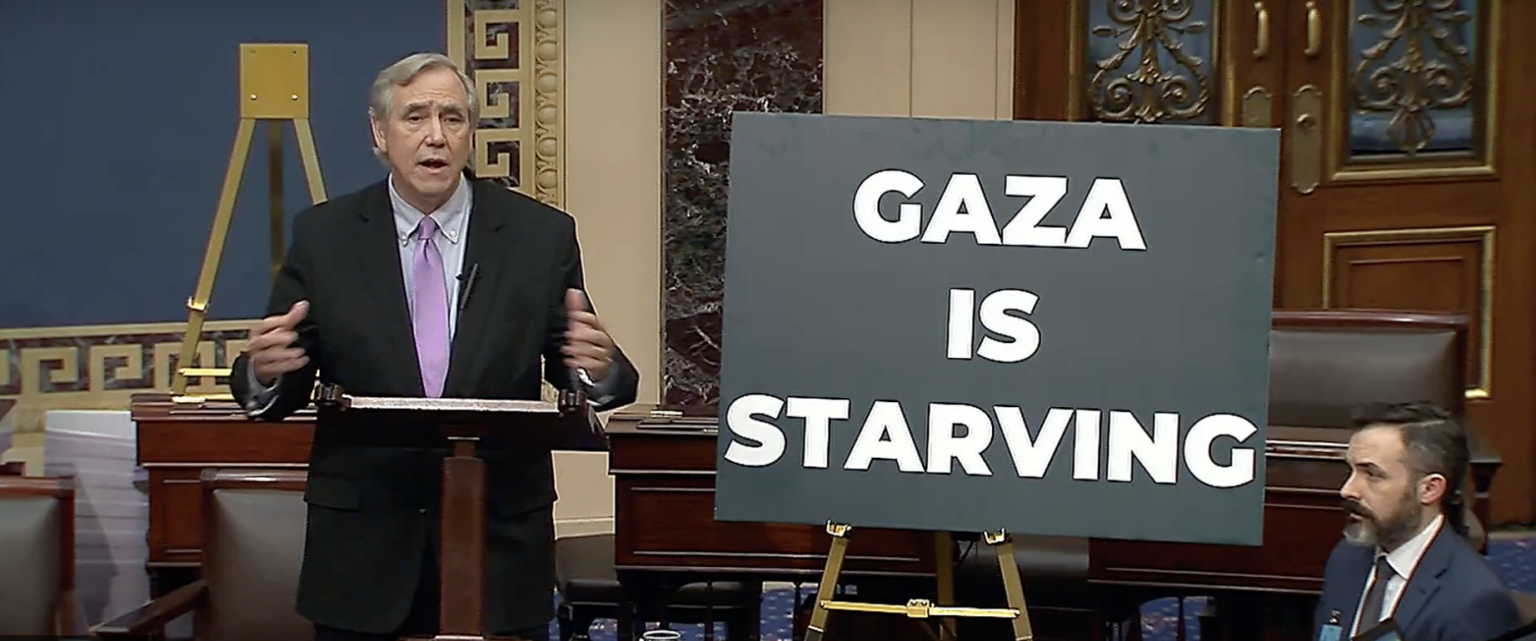Timbers announce stadium expansion plans
Published 12:00 am Wednesday, April 26, 2017

- Exterior corner view
The Portland Timbers on Wednesday announced an ambitious plan to add 4,000 seats to Providence Park.
Trending
The proposal calls for four decks to be added to the stadium’s east side, above the current east side seats.
The project would be privately financed and is expected to cost more than $50 million. It must be approved by the City Council.
The club aims to have the expansion ready for the 2019 or 2020 MLS season.
Trending
“The economics of the league have changed,” says Mike Golub, Timbers president of business. “New stadia have come online. As we look into the future of our franchise and the league, we feel it’s essential that we bring the stadium up to a place where it can be viable and sustainable long-term.”
The club plans to complete the expansion work over two offseasons. If the city approves the project this summer, work could begin as soon as the current Timbers season ends.
Allied Works, a Portland-based architecture firm, designed the expansion.
The addition would rise vertically and overhang the sidewalk on the west side of Southwest 18th Street, but not the street itself, creating a covered sidewalk for pedestrians. A roof would extend over all of the seats.
The first of the floors would have club seating. Golub says the Key Bank Club are currently the most in-demand seats.
The second and third floors would be for regular reserved seating.
The fourth floor would be for groups.
Golub says existing space for groups sells out for the season by February.
The capacity of Providence Park is 21,144. The Timbers have sold out all 112 of their MLS home matches since joining in 2011. The waiting list for season tickets is more than 13,000, according to Golub.
Eleven other MLS stadiums have larger capacity than Portland, but most of the league’s stadiums seat 18,000 to 25,000 for soccer.
The design review process is scheduled to begin May 11 at a Design Advice Request hearing before the Portland Design Commission.
Golub says the club has been studying ideas for expanding stadium capacity since 2012. Most of those proposals involved the south end but were limited by the space between the field and Multnomah Athletic Club.
The Multnomah Athletic Club built the stadium in 1920 and sold it to the city in 1966.
Brad Cloepfil, founder of Allied Works, asked Golub in December 2015 for the opportunity to come up with an expansion design.
“When Allied Works came up with something for the east side, the bells went off,” Golub says.
“We have a lot of plans in the vault for the south end, but a year and a half ago we really pivoted and have been focusing entirely on the east side.”
Part of the inspiration for the architects, according to Golub, is La Bombonera, the famous home stadium of Argentina’s most popular club, Boca Juniors. Like Providence Park, limited space forced architects to add seats vertically to one side of that stadium, giving La Bombonera a distinctive letter D shape.
Golub says the Timbers have been working with the city for several months preparing for the project. That includes discussions about updating the contract between the club and the city for operating the stadium.
The Timbers’ operating agreement with the city runs through 2035. As part of that agreement, the Timbers pay the city rent and a portion of ticket revenue.
“We look into the future, and we want to be (at Providence Park),” Golub says. “This is a special location, a special stadium with amazing history.
The expansion proposal, Golub says, “is both a reaction to the current state of affairs, but also a plan to position the stadium in the right way long term.”
pdanzer@portlandtribune
@pauldanzer







